Professor Laura Empson of London’s Cass Business School and Harvard Law School reports on intensive research into how to lead professional firms, like law offices, and complex organizations, like hospitals and universities. Her scholarly work, packed with citations, details how leadership functions in a professional services environment. This layered study includes findings from interviews with 500 professionals in 16 countries. Professionals who hold or want leadership positions and academics who study professional firm operations will appreciate Empson’s exemplary text.
Managing a Professional Firm
Leading a professional organization – a law firm, an accounting firm, an engineering firm, a management consulting firm, a university, a religious organization, a hospital, and so on – is hugely difficult. Authority within professional firms is ambiguous and diffuse, members of such firms are idiosyncratic, and internal interpersonal relationships are complex and confusing.
Establishing consensus is the only way to manage a firm under such unruly circumstances – endemic to most of these organizations. However, professionals are famously independent; they want to call their own shots and arrive at their own conclusions. That’s one of the main reasons they became professionals in the first place. Bringing them together to seek agreement can be a thankless task that’s often doomed to failure.
Compared with traditional corporations with hierarchal leadership structures, professional firms or organizations are outliers and so are their employees – doctors, lawyers, engineers, professors or the like – at least when compared with employees in conventional companies. Professional firms and organizations, like hospitals...









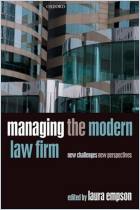
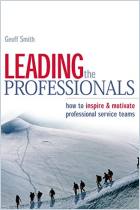

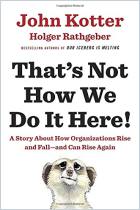
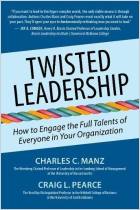
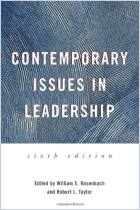



Comment on this summary or Diskussion beginnen